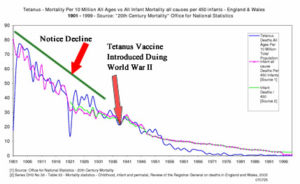
Lots of interesting data on this page.
http://preventdisease.com/news/13/050713_Why-You-Never-Need-A-Tetanus-Vaccine-Regardless-of-Your-Age-or-Location.shtml
When Did The Fear Mongering Start?
Prevent Oppression
Do Not Let A Bad Diet Get You Down!

More and more our gut is being referred to as a second brain. One expert even went as far as questioning whether it is not our first brain, as the gut is the only organ that functions independently of the brain!
https://realmedicalhelp.com/newsletter/2018/06.02.18-InHouse-MRA-News.html


